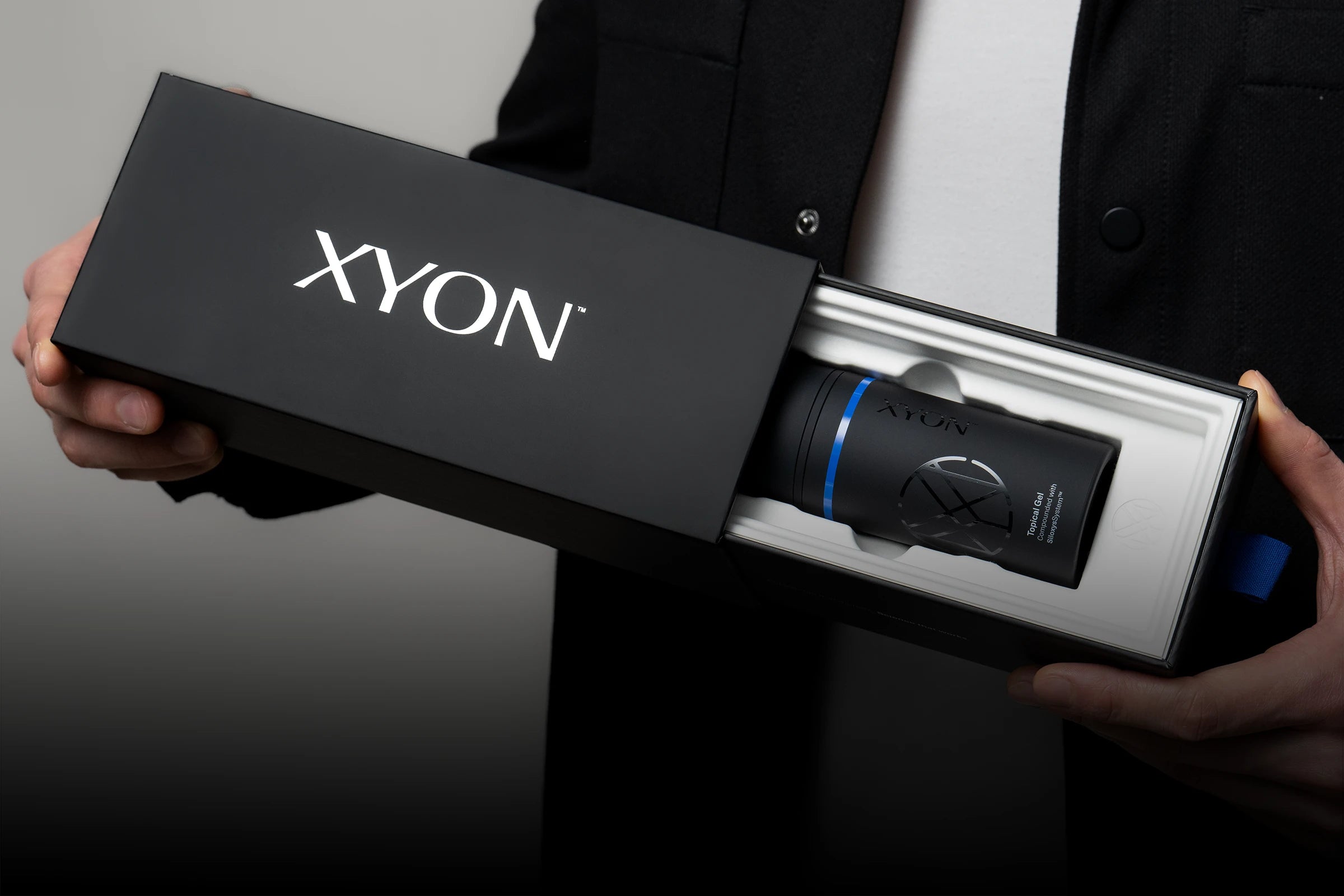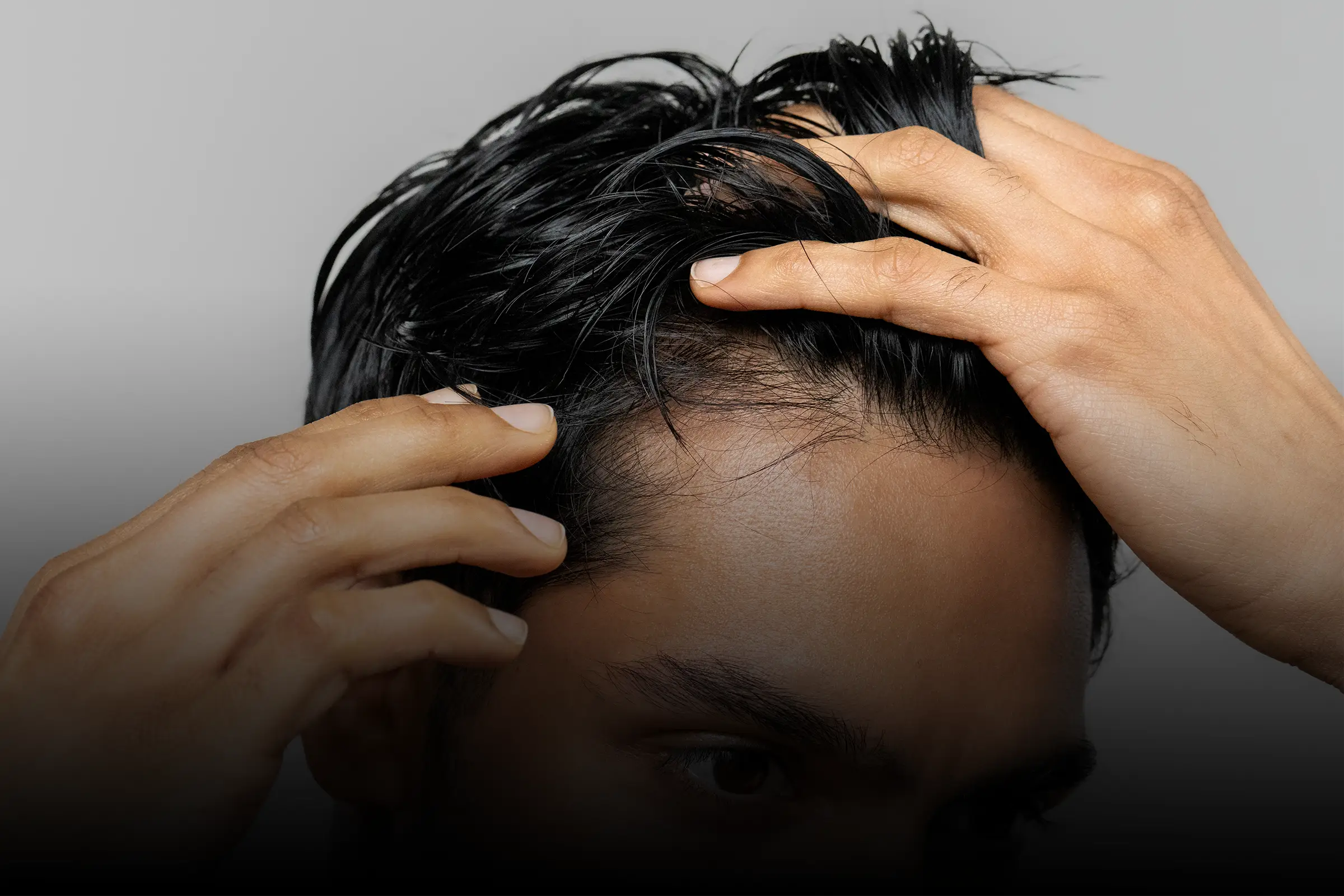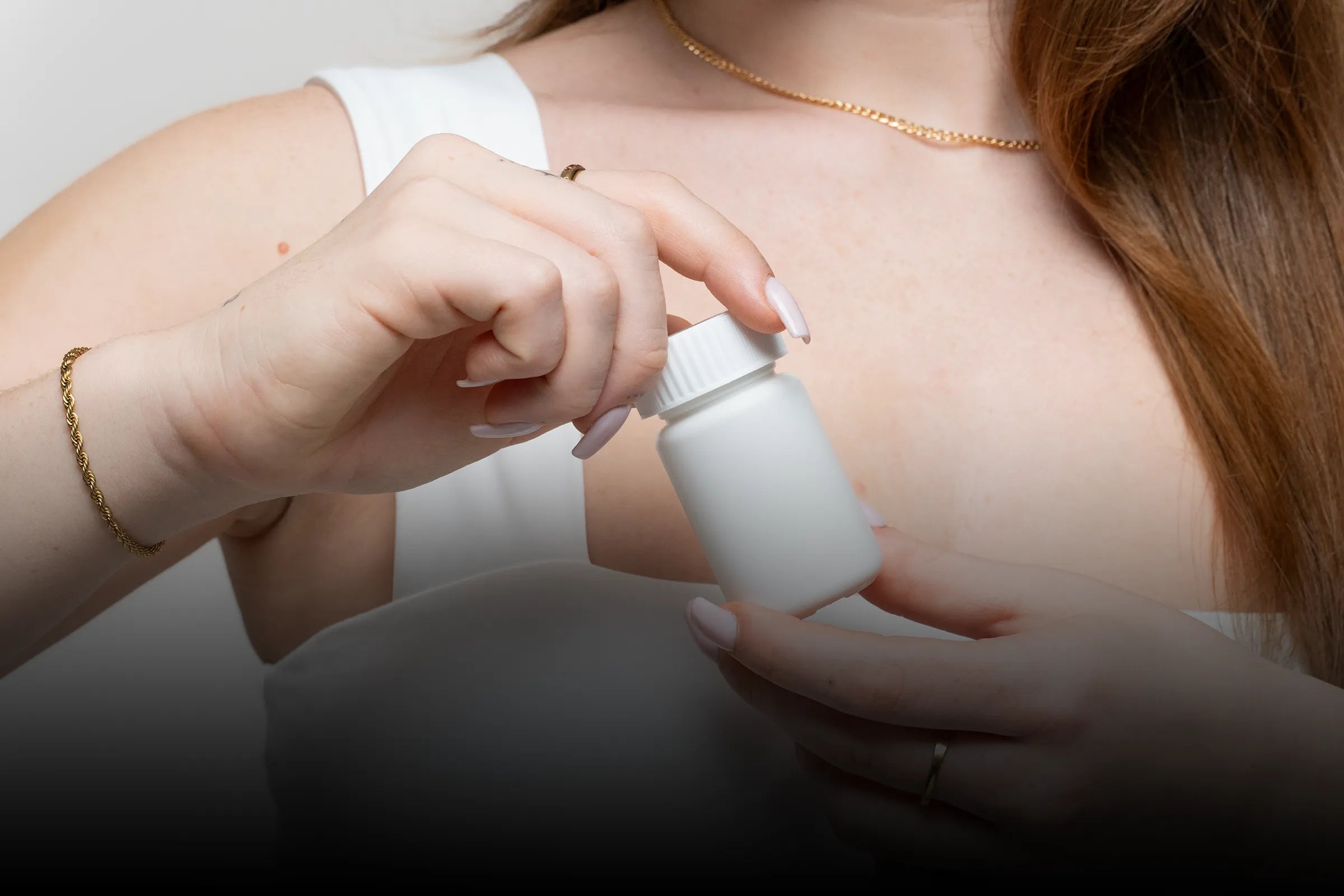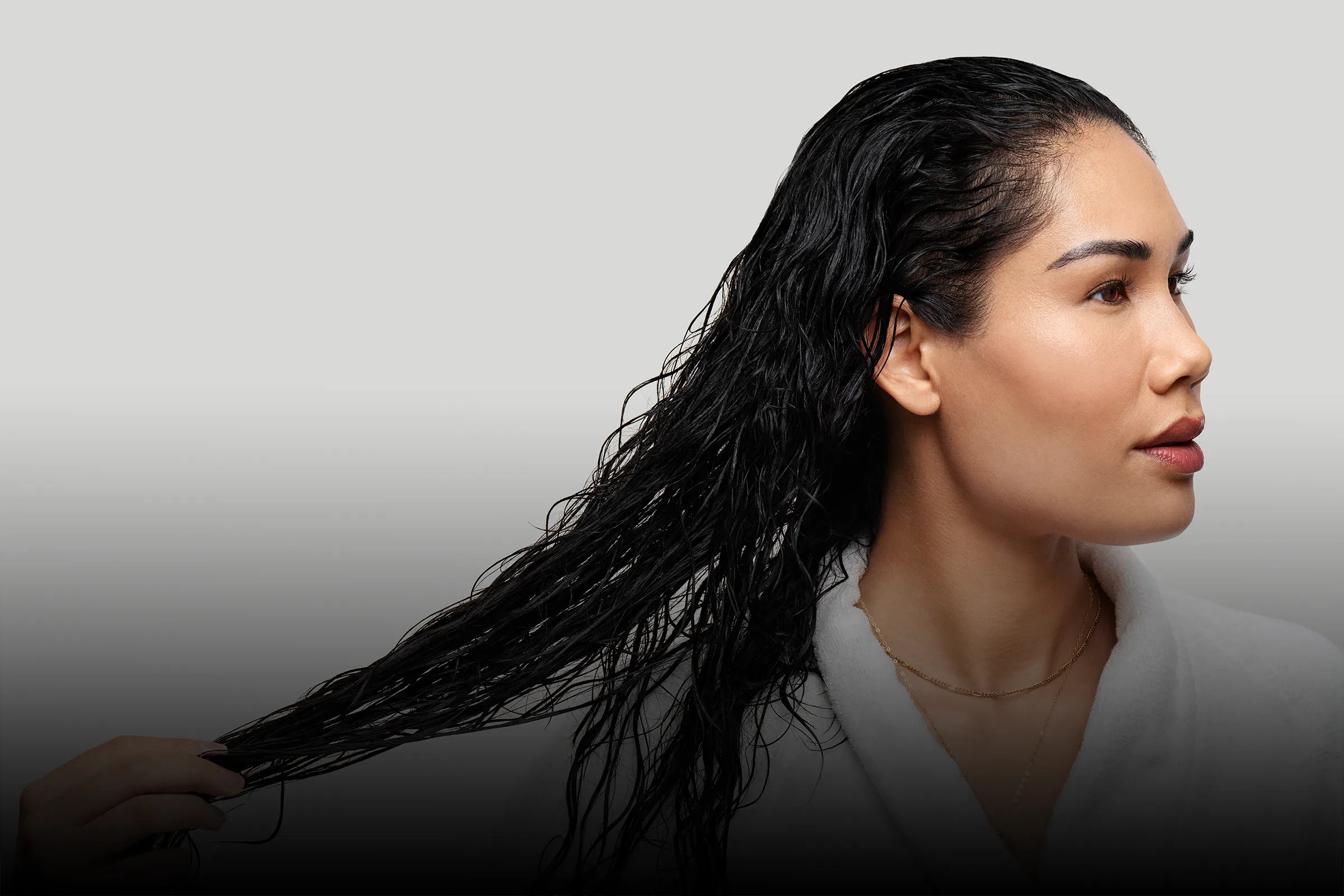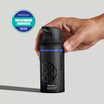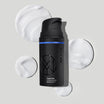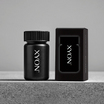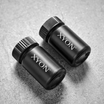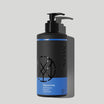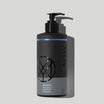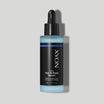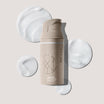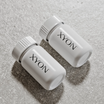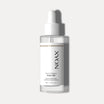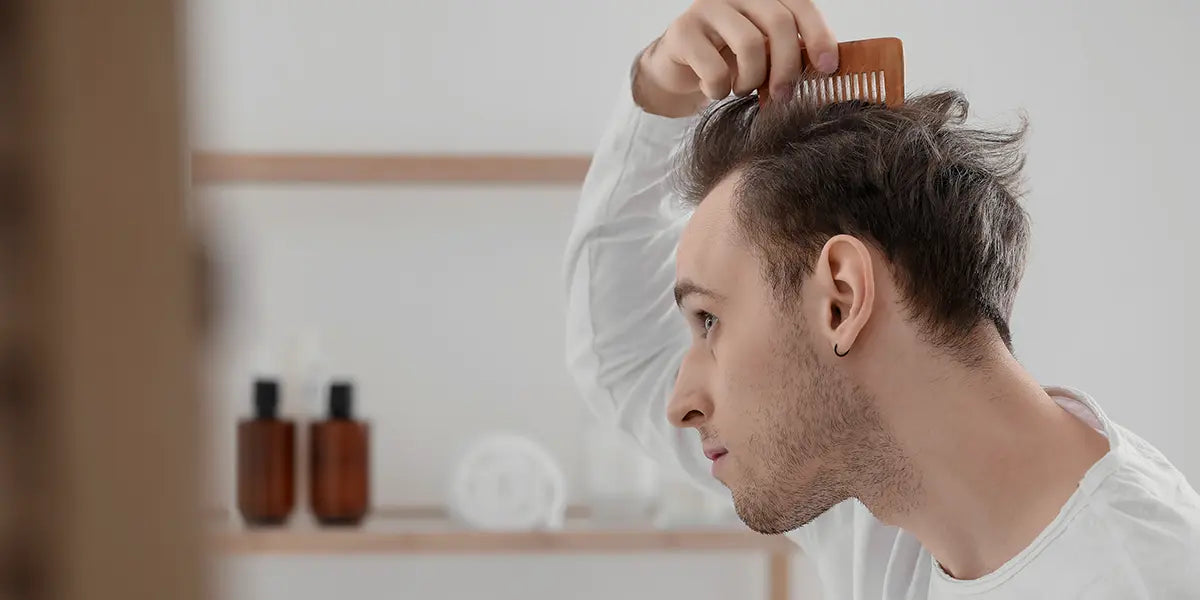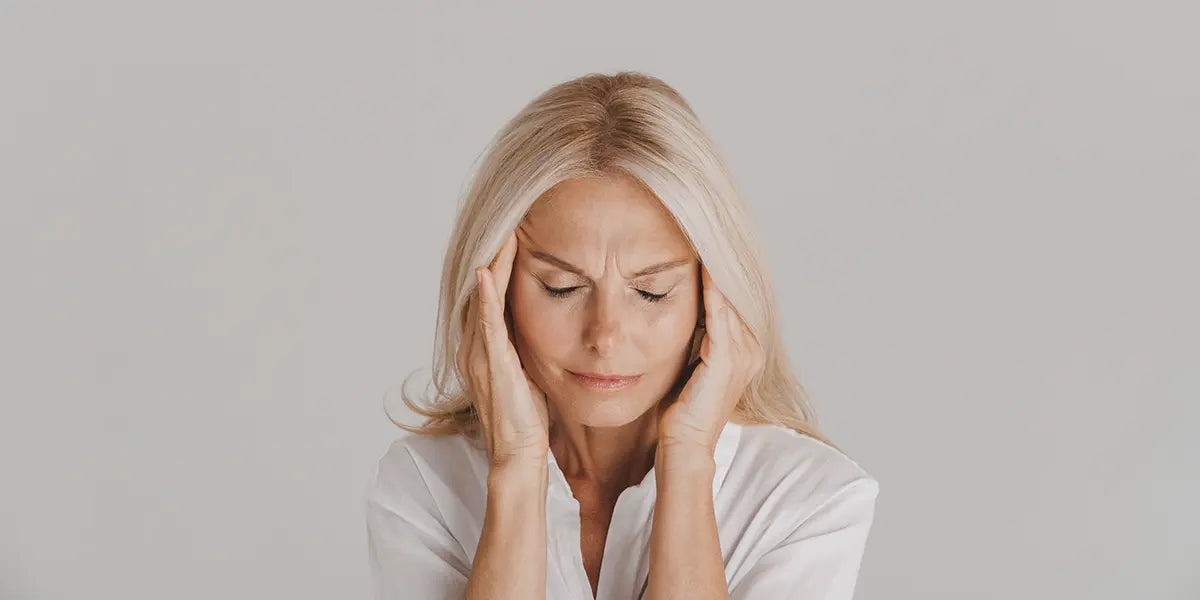Topical minoxidil has been available on the market for years as an over-the-counter solution for both male and female pattern hair loss. Now, oral minoxidil is increasingly being prescribed as an off-label alternative. Which of these formulations, oral minoxidil or topical minoxidil, is the better option? We’ll try to answer that question and several others in this article. When you’re deciding which formulation is right for you, we recommend that you consult with a doctor.
What is minoxidil? How does it work?
Minoxidil is a medication that acts on blood vessels. The oral version of minoxidil was originally developed and approved for the treatment of hypertension (high blood pressure). More recently, doctors have started to prescribe oral minoxidil off-label to treat pattern hair loss in men and women.
It’s not clear exactly how minoxidil works, but it does increase blood circulation which is beneficial to the growth of hair follicles. It also seems to directly stimulate hair follicle cells, helping reset the hair growth cycle and make the active growth phase last longer. These effects help fight against the effects of hair thinning associated with androgenetic alopecia which includes both male and female pattern hair loss.
XYON offers both oral and topical minoxidil. Our doctors can help you choose the right solution for your hair loss.
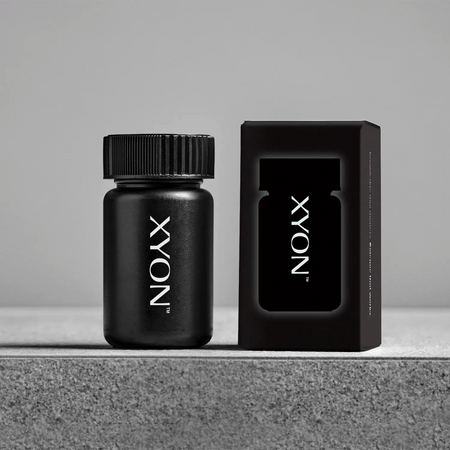
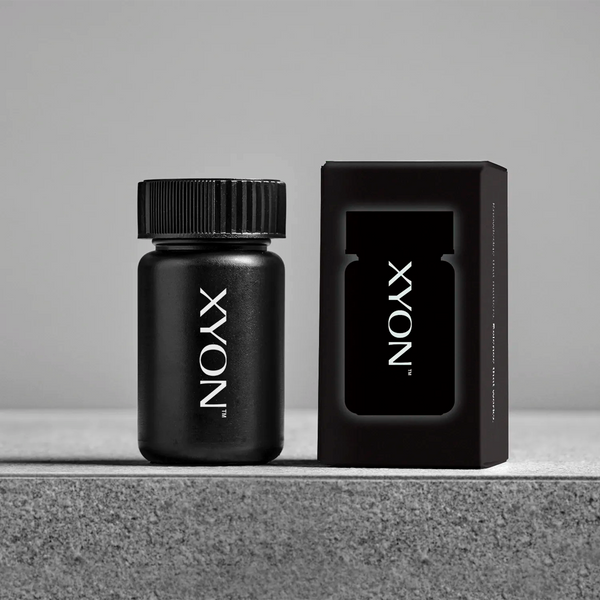
Not sure which form of minoxidil is right for you? No problem.
Oral minoxidil vs topical for hair loss
Is oral minoxidil more effective than topical minoxidil for hair loss? The answer seems to depend on the patient. In some cases, oral minoxidil may be a better option if a patient hasn’t responded to treatment with topical minoxidil or they’ve experienced side effects after using topical formulations. But the reverse can also be true, with some patients seeing good results with the topical form of the medication.
What’s behind these differences? It could come down to a chemical reaction called sulfation (Suchonwanit et al., 2019). Sulfation is the process through which minoxidil is metabolized into a form that can actually have an effect on body tissues. This active form of minoxidil is called minoxidil sulfate. It’s minoxidil sulfate that causes blood vessels to expand, helping to deliver growth factors and other key molecules and nutrients to the hair follicles.
With topical forms of minoxidil, the sulfation process is carried out by an enzyme present in the hair follicles. There can be quite a lot of variation in terms of how much of this enzyme is produced– some people make more of it, while others make less. In contrast, when minoxidil is taken orally, this transformation takes place in the liver and is a more efficient process overall. The active form of minoxidil is then distributed through the body via the bloodstream and eventually reaches the hair follicles.
Another possible reason for the differences in efficacy between oral and topical minoxidil is compliance. Patient willingness to keep up with treatment can have a big impact on the success of treatment. Some patients have no problem taking a pill while others prefer topical application. In addition to the convenience of taking the treatment, its tolerability (i.e. minimal side effects) is also important. We’ll discuss the side effects of oral and topical minoxidil below.
Oral minoxidil vs topical studies
There are only a few clinical studies that directly compare the efficacy and safety of oral minoxidil vs topical. One study compared once daily treatment with 1 mg oral minoxidil to a topical minoxidil 5% solution over 24 weeks. Both treatments resulted in clinical improvements like increased hair density and reduced shedding. In this study population, which consisted of only female patients, oral minoxidil slightly outperformed the topical solution (Ramos et al., 2019). It's not clear whether these results would be replicable in male patients.
In general, if hair loss isn’t advanced and patients can tolerate it, topical minoxidil is a good option. A year long observational study of 984 men found that twice daily use of a topical minoxidil 5% solution resulted in shrinkage of affected areas of hair loss in 62% of patients, reduction of average number of hairs lost during hair washing by about 50% and an overall positive response rate of 84% (Rundegren, 2004).
One thing to note is that the efficacy of both forms of minoxidil may also be dosage dependent. Clinical data have shown that higher doses of minoxidil generally produce more dramatic hair growth than lower doses. A doctor can titrate or adjust the minoxidil dose until the desired results are achieved, beginning with the lowest tolerable dose and increasing this as needed.
Oral minoxidil vs topical side effects
The side effects of oral and topical minoxidil depend on the formulation being used. For example, topical minoxidil is more likely to cause skin irritation (e.g. itching, skin redness or contact dermatitis) while oral minoxidil is associated with a higher risk of systemic side effects (e.g. elevated heart rate, lowered blood pressure, dizziness, swelling of the hands and feet, hair growth in other areas such as the face). All in all, minoxidil side effects are not very common and can usually be avoided by switching to a lower dose of oral and topical minoxidil.
Oral minoxidil vs topical: Takeaway
Minoxidil in all its forms is a clinically effective treatment for pattern hair loss. It works by directly stimulating and supporting the growth of hair. Whether the oral or topical forms of the medication are more effective depends partly on the patient’s needs and preferences. When talking to your doctor about which form of minoxidil to take, you might find it helpful to discuss potential side effects and which format would best fit into your lifestyle. Finally, remember that hair loss treatment requires consistency. So regardless of which formulation of minoxidil you choose, sticking to treatment is the single most important thing you can do to increase the chances of a great final result.
